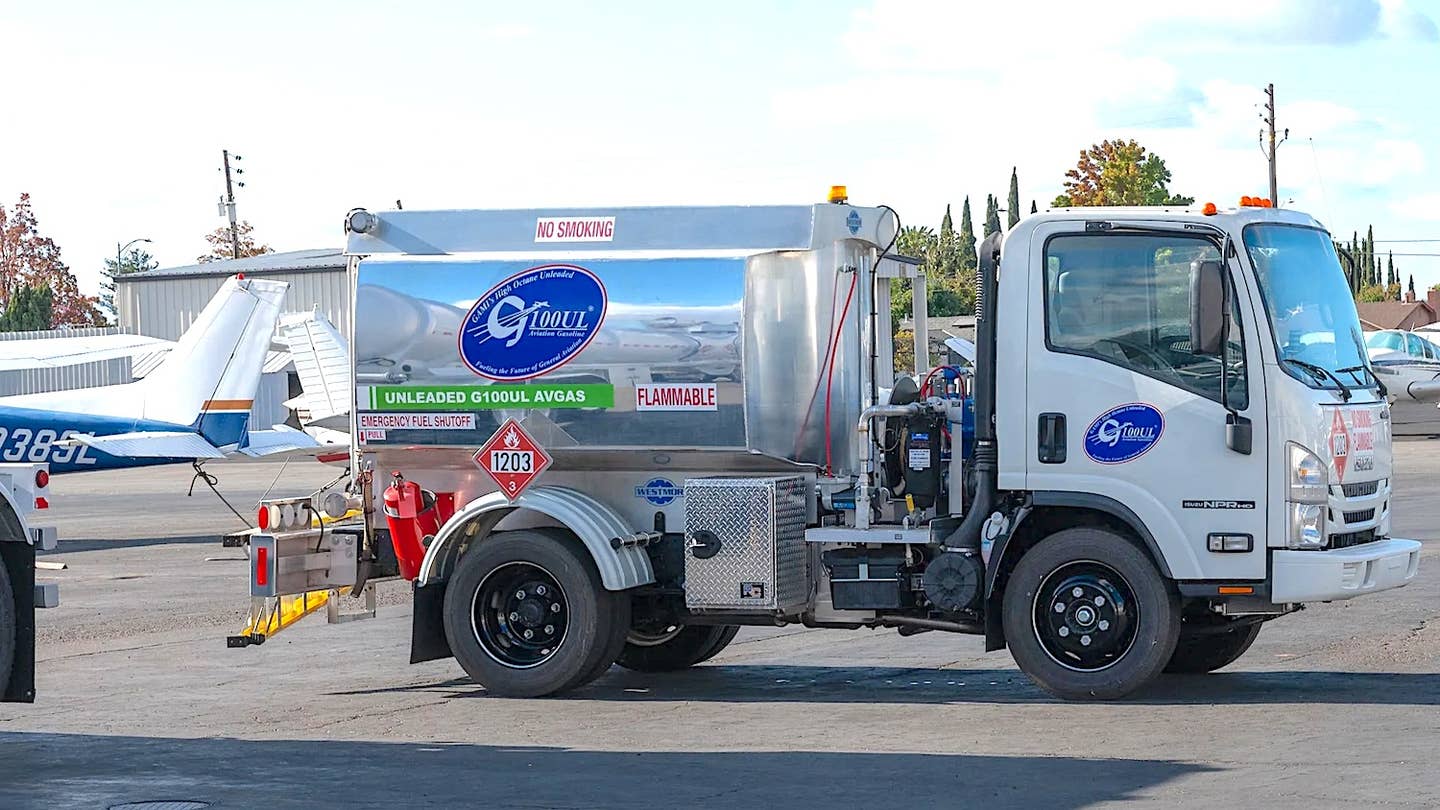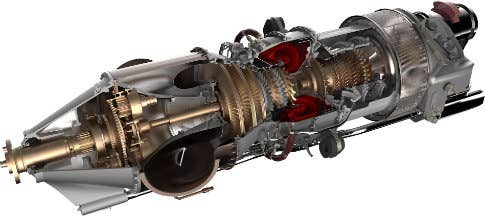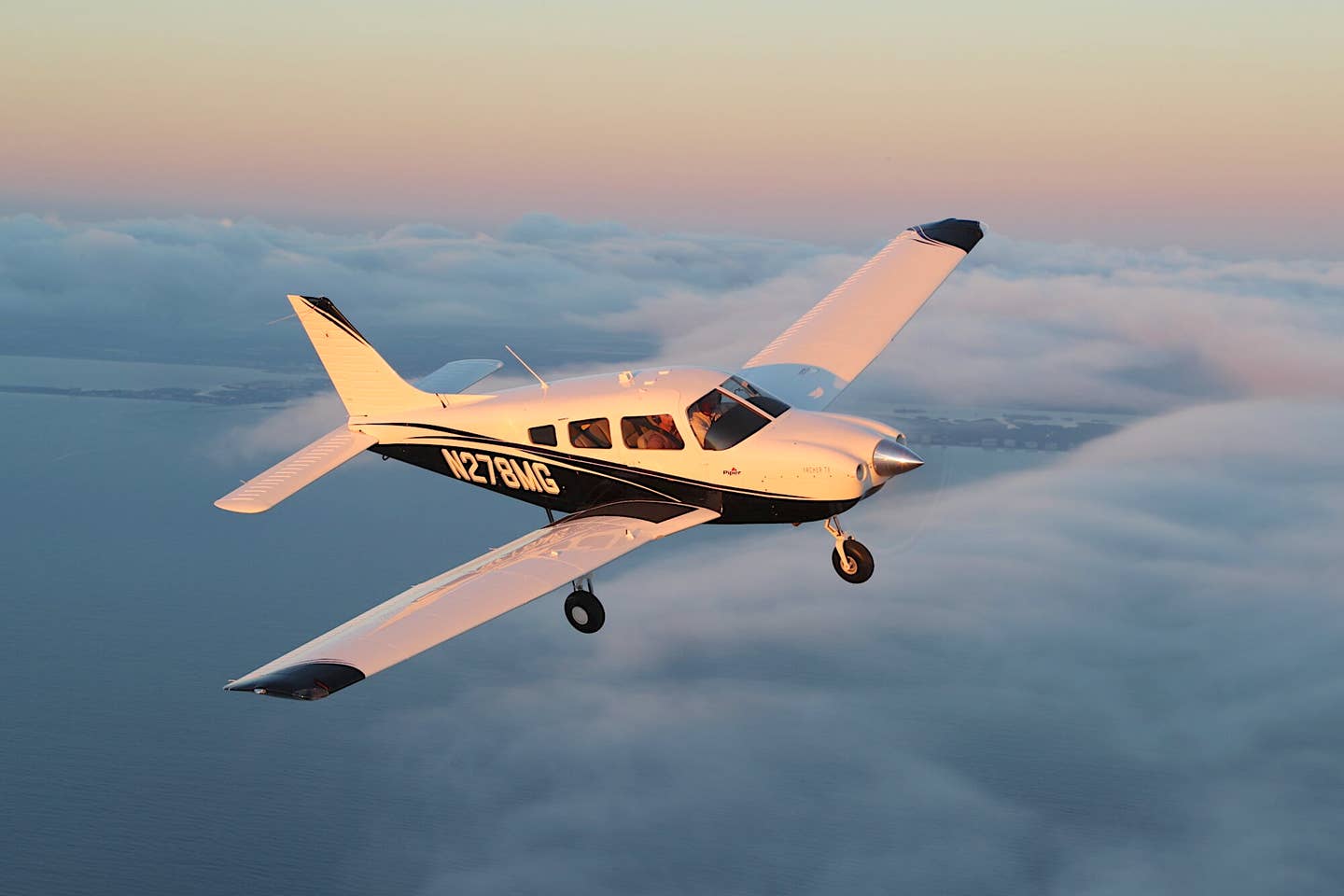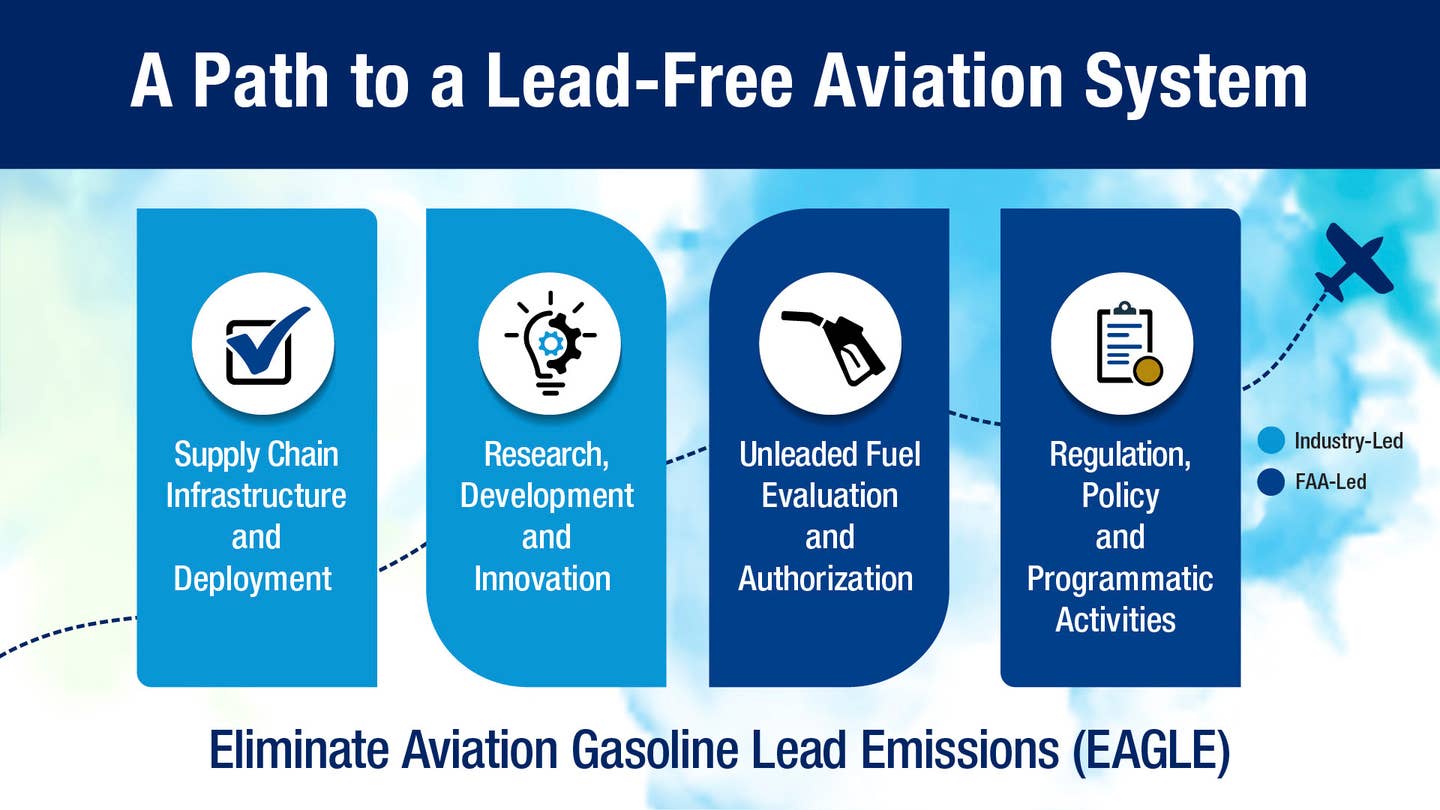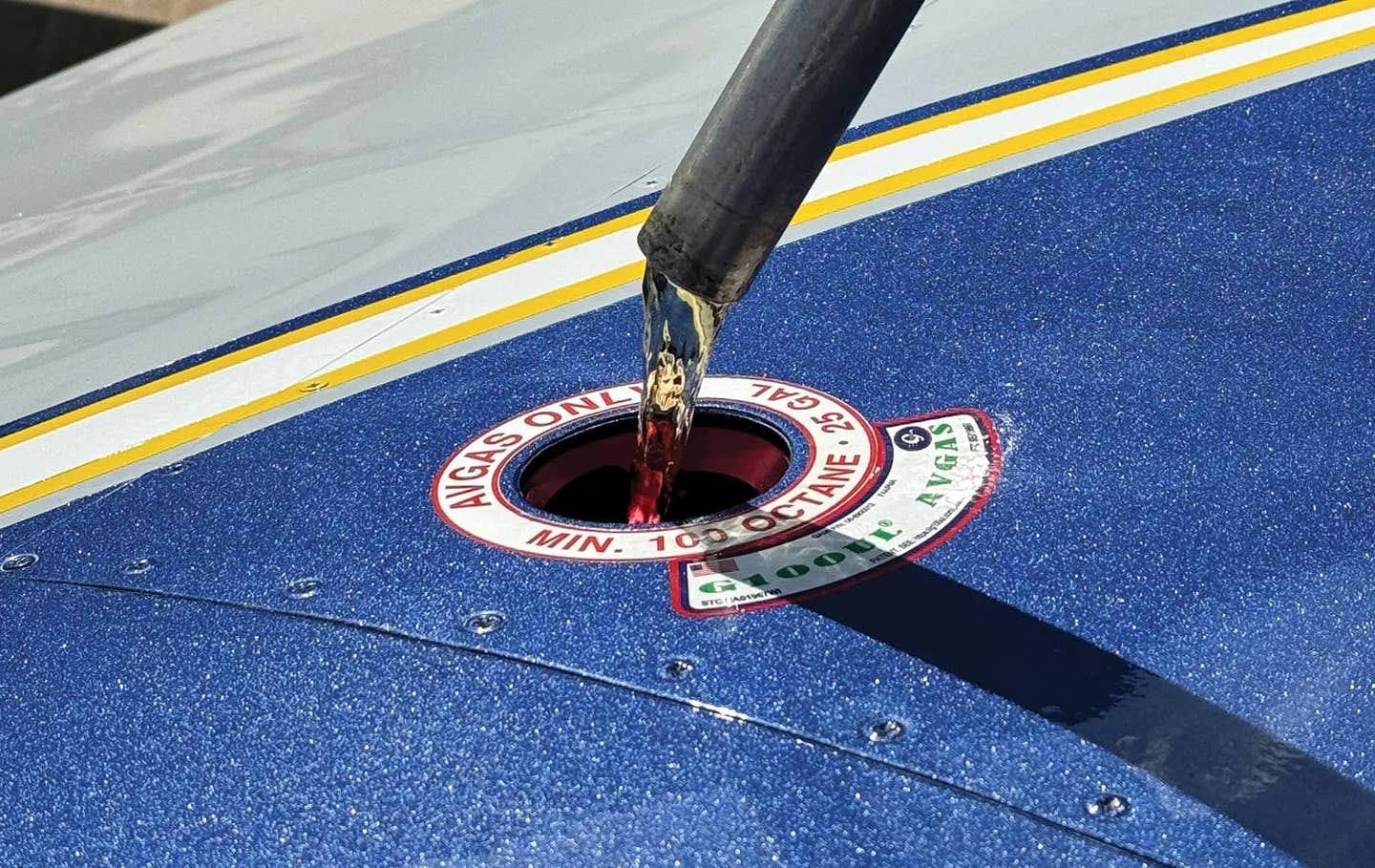The Savvy Aviator #54: How Much Insurance Do You Need?
It’s important to carry enough liability insurance to protect your net worth. When it comes to hull insurance, however, having too much is almost as bad as having too little.
200
Bob, the owner of a Cessna 172RG, found himself in an unexpected predicament. Seems he had an unfortunate gear-up landing. The airplane suffered only minimal damage, largely limited to minor belly damage and the outer four inches of the prop tips curled back. The engine had only about 100 hours SMOH at the time of the incident. Surely, all of this would be covered by insurance.Unfortunately, Bob was about to learn a painful lesson about hull insurance. He recently told me his story:
"When I bought the $60,000 hull-insurance policy, I didn't read the fine print that said $60,000 wasn't really available to fix the airplane in the event of a mishap. The actual amount available is the $60,000 policy limit minus the salvage value. The insurance company claims that they can get about $15,000 for the airplane for salvage, which only leaves me with about $45,000 to get the airplane fixed."Now here's the rub: The repair shop has given a flat-rate bid of $41,000 plus tax to repair the airframe and do the requisite post-prop-strike engine-teardown inspection. However, the bid explicitly excludes the cost of any necessary engine repairs beyond replacement of routine parts (rings, bearings, gaskets, etc.). Mattituck [an engine overhaul company] tells me that if the teardown inspection reveals the crankshaft or crankcase (or both) is damaged, the additional cost to repair could wind up being tens of thousands of dollars."Looking at the risk equation: In the best-case scenario, the repair cost is $41,000 plus tax and the insurance will cover it (just barely). In the worst-case scenario (if the case and crank are bad), I could wind up being out of pocket as much as $20,000, which would be painful. Alternatively, I could let the insurance company take the airplane, accept the $60,000 payout, and move on. But the airplane is only minimally damaged, and losing it under these circumstances would also be painful. What should I do?"
I discussed the various options with Bob. I pointed out that, should he opt to have the aircraft repaired, even in the best-case scenario he would wind up with an aircraft that had substantial damage history and impaired resale value, and in the worst-case scenario he'd wind up having a lot more invested than the aircraft was worth.I suggested that, setting aside his emotional attachment to the machine, the most logical course of action might well be to take the $60,000 and go shopping for another airplane. (A look at Aircraft Shopper Online revealed that 1980 Cessna 172RGs have asking prices between $50,000 and $70,000.) I also suggested that, if Bob decides to repair the airplane, he might do better working with a smaller engine shop that specializes in prop-strike teardown inspections rather than with a big shop like Mattituck, and I offered him a couple of referrals.
Twin Perils
250
Bob's predicament reminded me of my recent phone conversation with Frank, a good friend who owns a Cessna T310R like mine. Frank flies it about 250 hours a year on business. Frank's 1978 T310R is a gorgeous machine, with low-time RAM engines and props, recent paint and interior, and a panel full of glass that leaves me drooling in envy.In the course of a wide-ranging chat about flying and airplanes, our conversation turned to aircraft insurance. Frank and I compared notes on what insurance agencies we each used, who underwrote our policies, and what annual premiums we were paying. Frank's premiums were nearly double what I was paying. As we pursued the matter further, Frank revealed that he was carrying nearly $300,000 worth of hull insurance on his airplane."Wow, that seems like an awful lot of hull coverage," I said. "Have you looked at Trade-A-Plane recently? The piston GA market is really depressed right now, and that goes double for piston twins. I bet the current fair market value of your T310R isn't anywhere close to $300,000. I bet it's well under $200,000."Frank admitted that he hadn't been paying much attention to the market lately, and that it was quite likely that his airplane wouldn't fetch anywhere near $300,000 if he tried to sell it now. "But, if I wrecked my airplane, I bet it would take at least $300,000 to buy a replacement and get it equipped and refurbished to match what I'm flying now."
More Might Be Worse
250
I explained to my friend the perils of buying too much hull coverage."Frank, if you overinsure your hull for $300,000 coverage limits and then you have an accident that seriously trashes the airplane, you've got a real problem. Rather than declaring your airplane a total loss and handing you a check for $300,000, the insurance company could very well decide to reimburse you for $175,000 in repairs. That could mean that you might be flying the airlines for six to 12 months while your aircraft is being extensively rebuilt, and in the end you'd wind up owning an aircraft with extensive damage history and impaired resale value. This is probably not the outcome you want."At the same time, underinsuring the hull is also perilous. If Frank insured his hull for $130,000 and then made a gear-up landing that did only minimal damage to the airframe, the insurance company would probably declare the aircraft a total loss and hand Frank a check for $130,000. The company would then take possession of the Frank's T310R, pay for a pair of props and teardown inspections and some minor airframe repairs, and then sell the airplane to someone else for perhaps $175,000. Again, this is probably not the optimum result for Frank.As a general rule of thumb, if you have an aircraft accident and the estimated cost to repair exceeds 75 to 85 percent of your hull insurance policy limit (sometimes called "stated value"), the company will declare the aircraft to be a total loss, take possession of the wreck, and pay you the coverage limit (less any deductibles). The insurance company will then try to obtain whatever value they can from the wreck, either by selling it to a salvage yard or by having it repaired and selling it on the market. On the other hand, if the estimated cost to repair is less than 75 to 85 percent of your policy limit, the insurance company will let you keep your aircraft and pay for the repairs.The moral here is always to insure your aircraft for precisely what it's worth -- i.e., its current fair market value -- and not more nor less.
What's It Worth?
240
Consequently, it's prudent to reevaluate the fair market value of your airplane annually prior to renewing your aircraft insurance policy. Your hull coverage limits should be adjusted up or down each year as necessary to reflect the realities of the market.For this purpose, many aircraft owners utilize AOPA's online Aircraft Valuation Service provided by Vref at no cost to AOPA members. However, be aware that the Vref valuations are notorious for being overoptimistic, sometimes shockingly so. Generally, Vref valuations can be used as asking prices, but the actual prices at which aircraft change hands is usually substantially less. Not surprisingly, if you use a Vref valuation to establish how much hull coverage you buy each year, you're quite likely to be overinsured.There's a better way. Every year, a few weeks before my aircraft insurance comes up for renewal, I purchase a QuickQuote valuation report from Bill Hemmel's Aeroprice service. For just $15.95 for singles and $19.95 for twins, you get an extremely complete valuation of your aircraft, performed by an actual human being and taking many more variables into account than any computer-generated service. The QuickQuote report is emailed to you the next business day. In my view, it's one of the best bargains in aviation.I get a QuickQuote each November just prior to renewing my insurance. Last November, for example, I discovered the fair market value of my airplane had declined from $185,000 to $165,000 due to very soft market conditions. When I renewed my policy, I lowered the hull limits accordingly, saving me about $500/year in premiums. If the twin market rebounds in a year or two -- or if my hull value increases because I finally bite the bullet and overhaul my 800-hours-past-TBO engines -- I'll raise my coverage accordingly.
Liability Limits
250
In addition to hull coverage, your aircraft policy insures you for liability in case you hurt someone or something while operating your aircraft. The liability coverage pays for a lawyer to defend you (or your estate) in the ensuing civil litigation; and if the plaintiffs prevail, it will pay them damages up to the policy coverage limits.The overwhelming majority of aircraft owners purchase $1 million of liability coverage. That's because it's generally accepted that anything less than $1 million is simply not sufficient to protect against air-crash litigation, and more than $1 million is extremely difficult to get in today's ultra-tight aviation insurance market. (And if you can get it, it's painfully expensive).However, not all $1 million liability policies are created equal. Some offer $1 million "combined single limit" coverage (colloquially known as "smooth"), while other policies include per-person or per-seat sublimits -- often $100,000 per person or $100,000 per seat.There's a huge difference between "smooth" and sublimit coverage. If you crash and your sole passenger sustains severe injuries, a smooth policy will pay up to a million bucks to cover his damages, while a sublimits policy will pay only 10% of that amount.Not worried because you never fly with anyone but family and close friends in your airplane? Think again. If you and your sibling or closest friend die in a crash, you can bet that your passenger's widow will hire the most aggressive personal-injury lawyer she can find to sue your estate and make sure your widow winds up with as little as possible.Sublimit coverage might be OK if you always fly solo or if you have minimal assets, but most aircraft owners don't fall into that category. For most of us, smooth liability coverage is a must -- and it's becoming more and more difficult to find. Some underwriters refuse to write anything but sublimit liability coverage, and others will renew smooth coverage for existing customers but won't offer it to new applicants.See you next month.
Want to read more from Mike Busch? Check out the rest of his Savvy Aviator columns.
And use this link to send questions to Mike.


